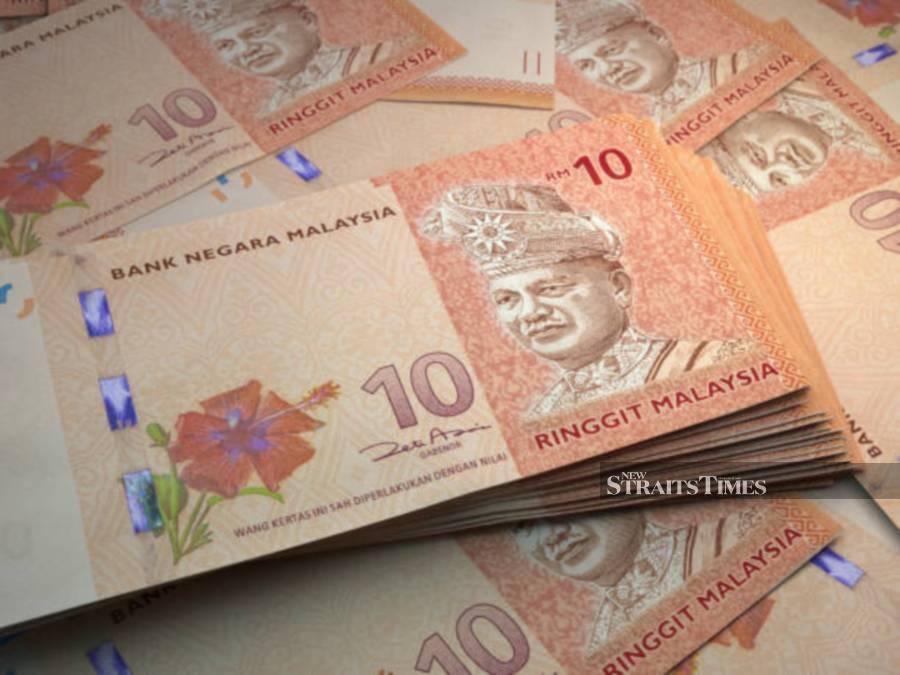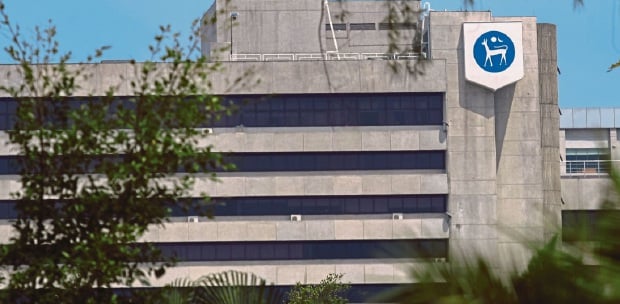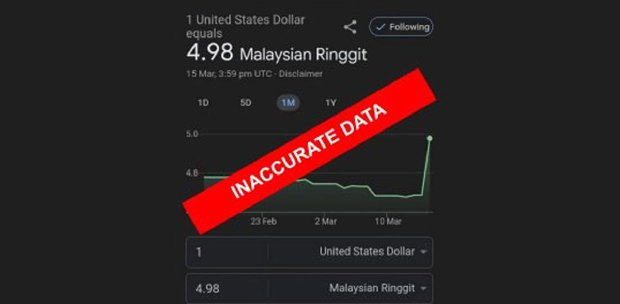THERE are several ways in which the public read out monetary values in the Malaysian currency.
During a survey done by the News Straits Times, the general consensus was between the format of "ten-ringgit" and "R-M-ten".
Bank Negara Malaysia (BNM) Museum and Art Gallery assistant curator Mohd Fakhrullah Jamlus said it is pronounced as "ten-ringgit" in speech, while "RM10" or "ten ringgit" are both acceptable in writing.
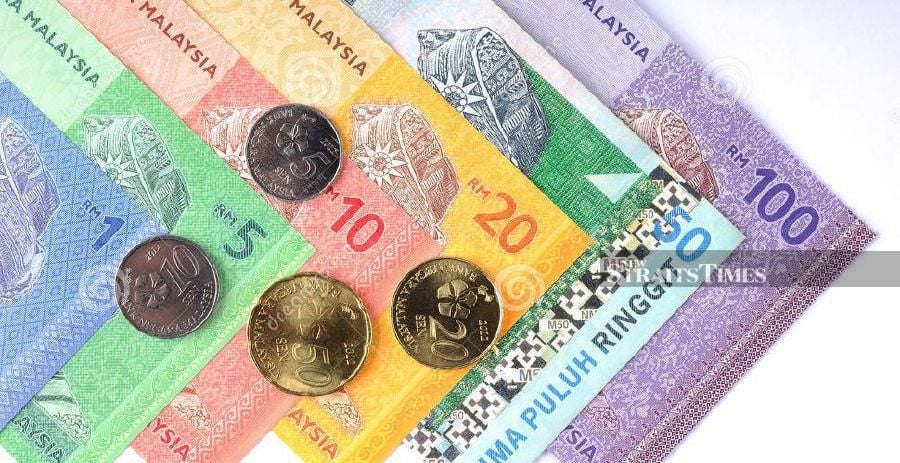
Occasionally, we also hear the term 'dollar' being used to refer to the Malaysian currency. Fakhrullah said the older generation sometimes still use 'dollar' instead of 'ringgit' because they are used to the previous currency issued by the Board of Commissioners of Currency Malaya and British Borneo.
"The dollar remains as the unit of Malaya's currency until Bank Negara Malaysia took control as the sole issuer of currency in Malaysia (ringgit) on 12 June 1967. Old Malayan notes remained in circulation alongside new Malaysian ringgit until Jan 16, 1969, when they were demonetised."
He added: "The dollar sign was also used in the first and second series of Malaysian ringgit issued in 1967 and 1982 respectively. The sign was replaced by the 'RM' (ringgit Malaysia) in 1996 when Bank Negara Malaysia issued the 3rd series banknotes. The RM sign is continued to be used in our fourth series banknotes issued in 2012 until now."
At the BNM Museum and Art Gallery, the rich history of the national currency can be found showcased. Fakhrullah explained that "ringgit" means "a unit of the Malaysian currency made up of 100 sen."
"'Ringgit' originated from an old Malay term meaning 'gerigi' or serrated or jagged. Originally, it was referring to the Spanish silver coins with serrated edges that were first used in the Malay States in the 16th Century," he said.
"After some time in circulation, silver trade dollars were nicknamed ringgit irrespective of their origin and the design of the edges – either serrated or floral edges.
"This is because the locals are comfortable calling it 'ringgit', even though the ringgit was not the official currency name for the Malay States," he added.
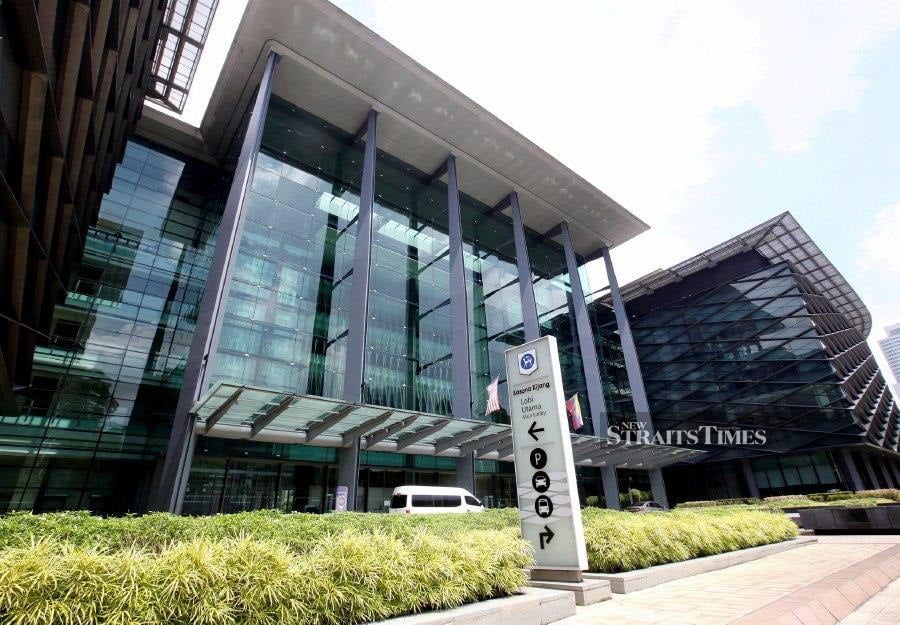
"Since the word 'ringgit' was widely used by the locals, it was first adopted in the banknotes issued by the Oriental Banking Corporation of Singapore in 1849 for circulation in Singapore.
"All banknotes issued by the British administration in Malaya from 1898 - 1969 by the Straits Settlements, the Board of Currency Malaya, and the Board of Currency Malaya and British Borneo also adopted the word ringgit in the banknotes.
"Finally, the ringgit was officially the Malaysian currency in 1967."
As for the word "cent", Fakhrullah said it was first used in the Malay States when the British occupied Penang in 1786.
"The word 'cent' was continuously used as the denomination for coins in Malaysia until Bank Negara Malaysia started issuing Malaysian currency in 1967."
However, the spelling for Malaysian coins is 'SEN' instead of 'cent', he noted.


